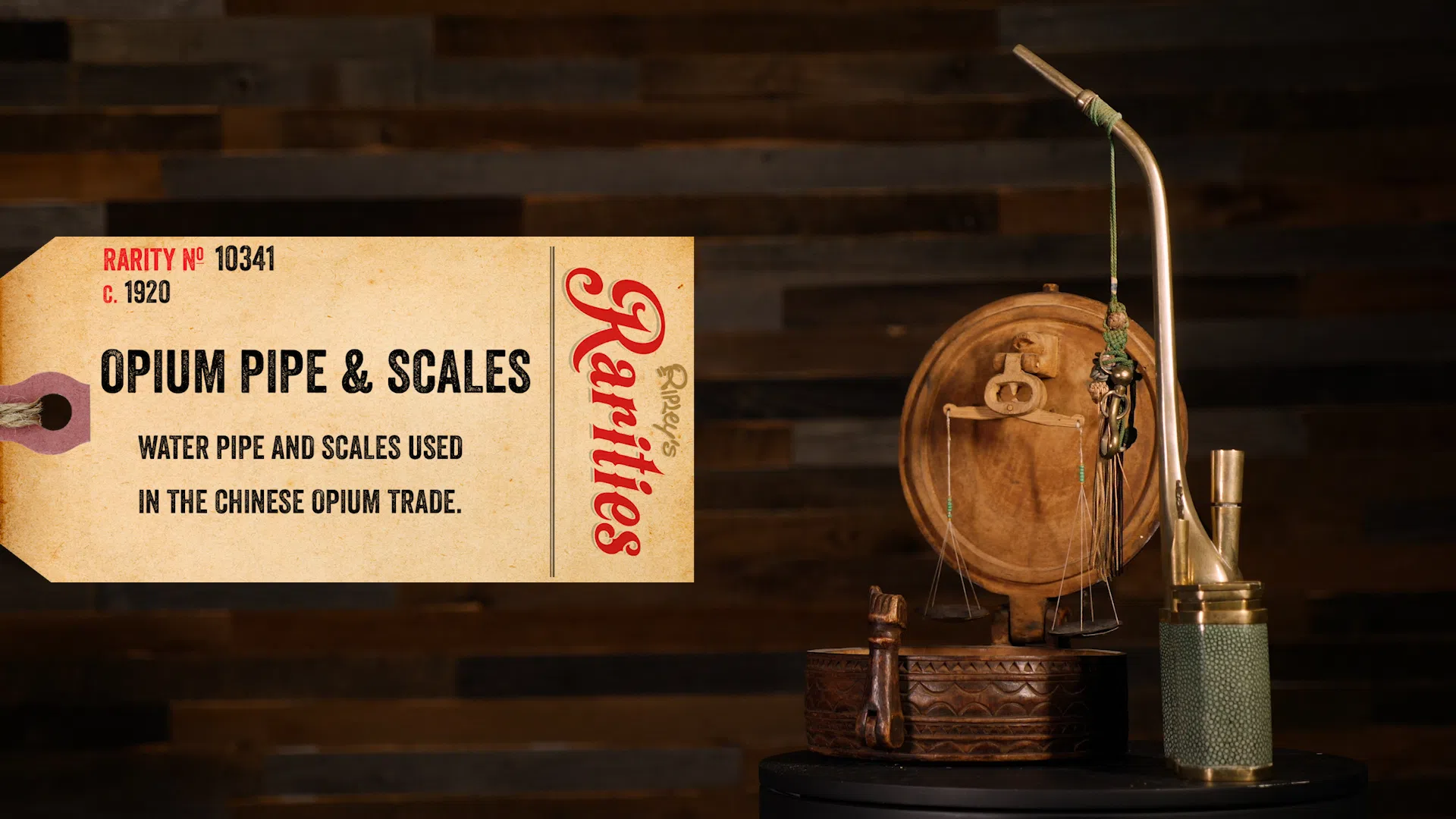Opium Pipe And Scales, Relics Of A Blight In China
Featured in Ripley's Believe It or Not!

Opium Pipe And Scales
Though the drug has been used for millennia, the 13th century popularity of opium in China outmatched any period in history before. As late as 1850, the drug constituted 54% of China’s foreign import trade. The drug is effective, yet addictive.


